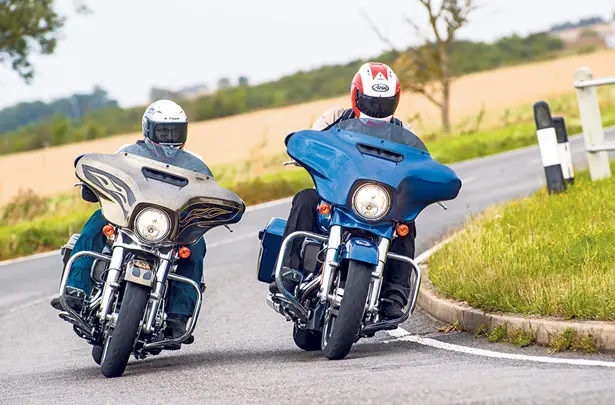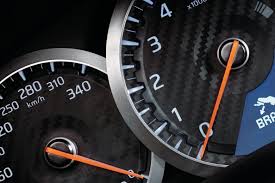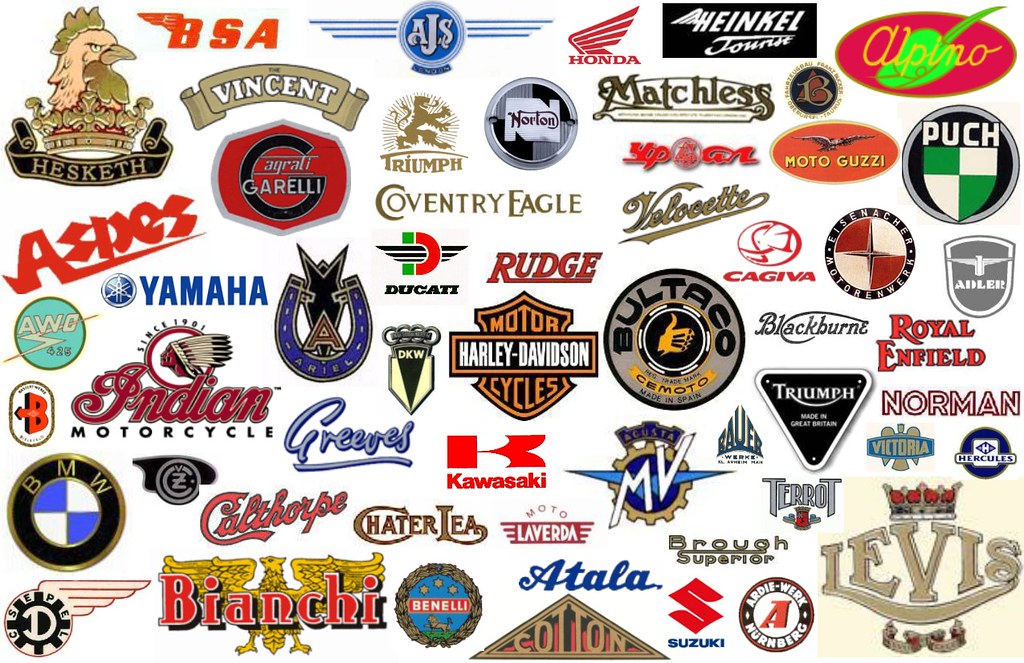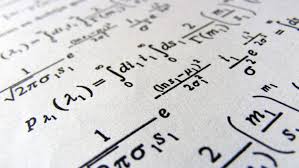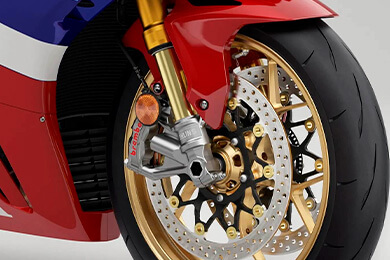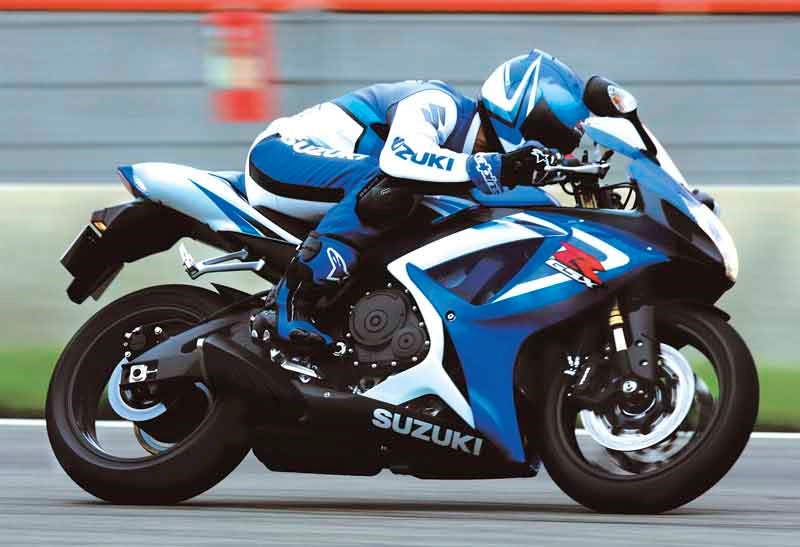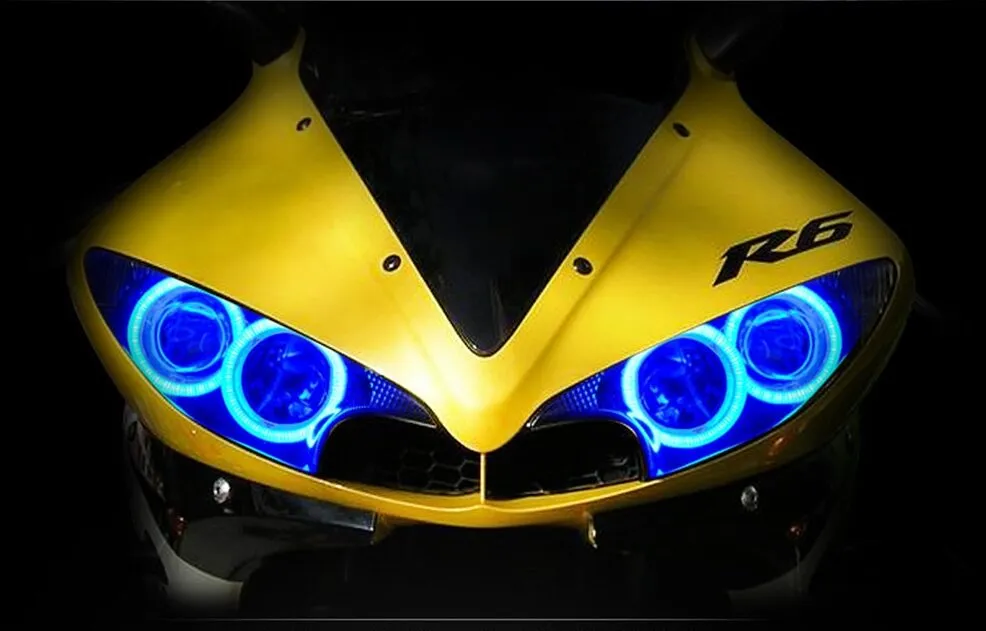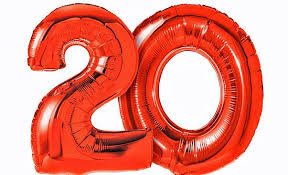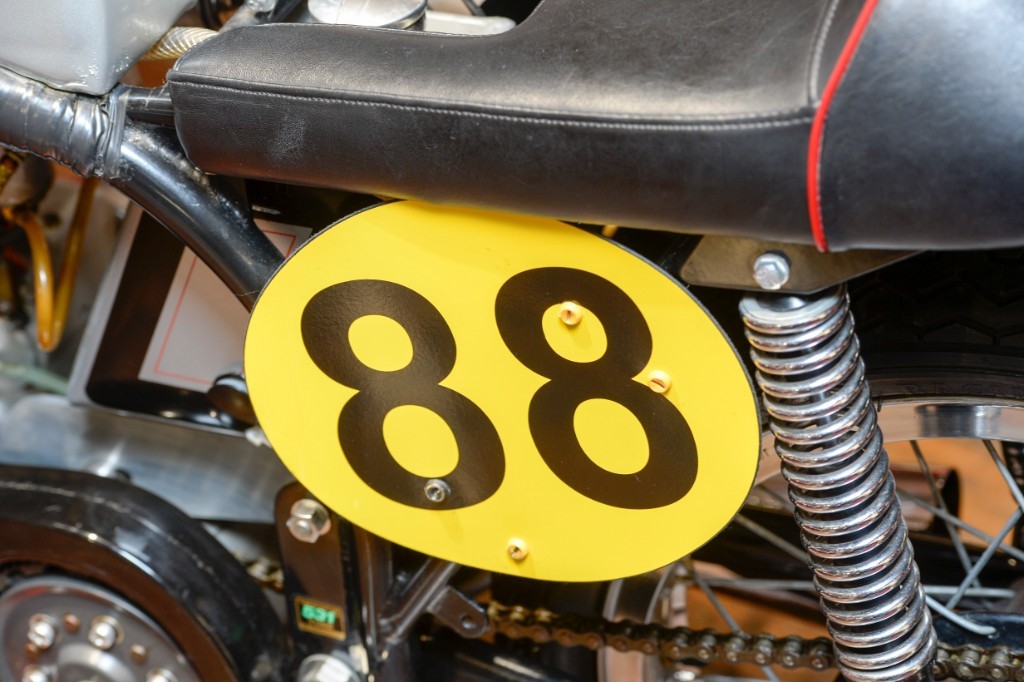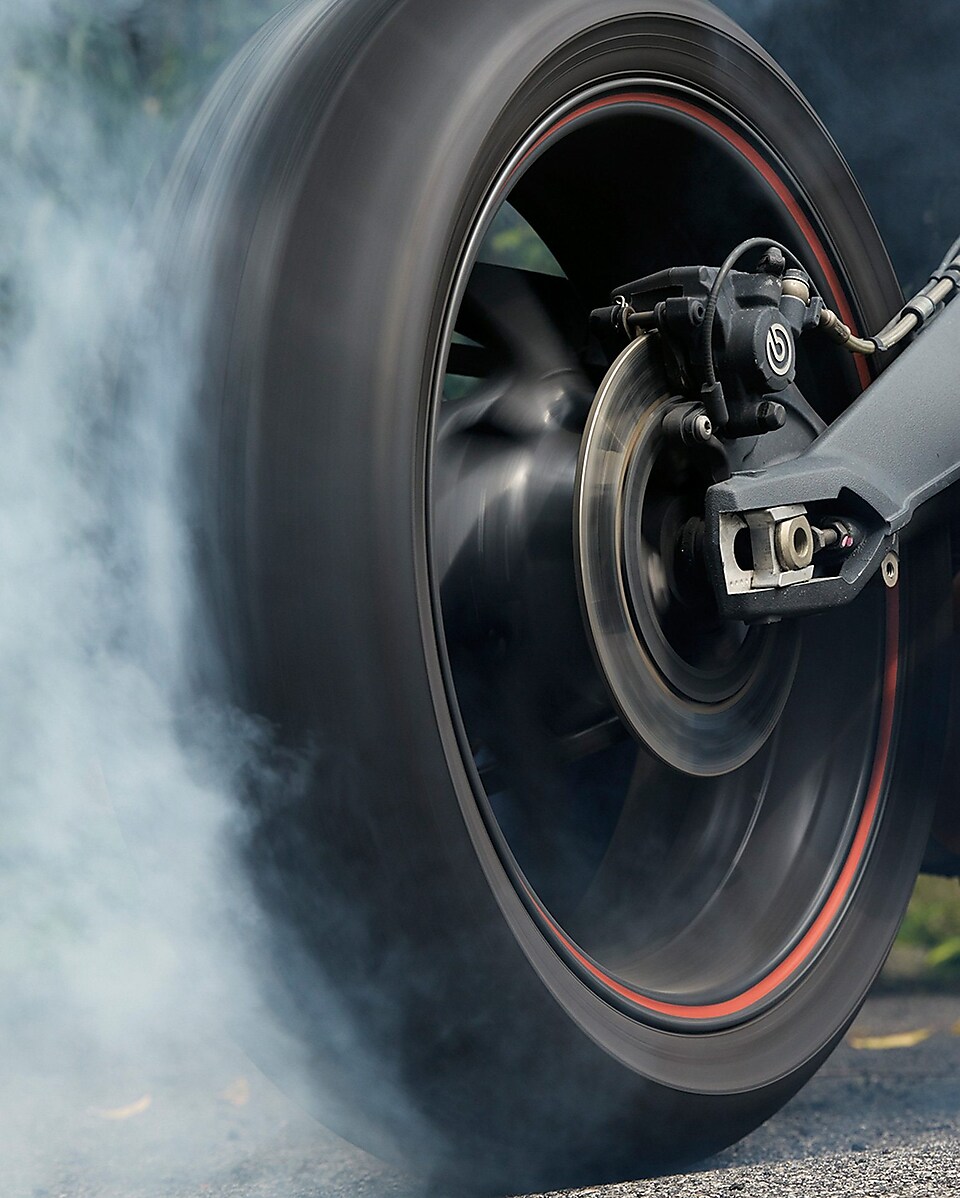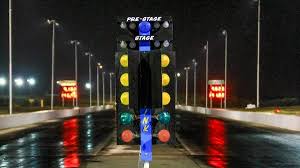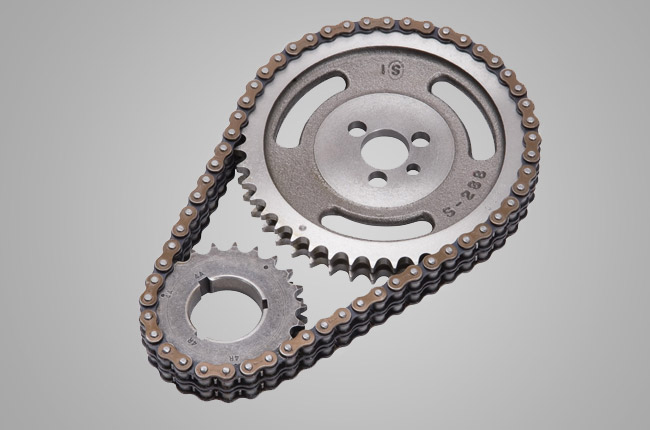


This edition of the Kawasaki KLX 125 D-Tracker is the 5 speed | Manual version and was first brought out in 2014. This was at around the same time as the introduction of the 2015 Honda AF24 Giorno and the 2015 Kawasaki ZX 1000 Ninja H2R.This particular Kawasaki KLX 125 has a 124cc Air cooled, Two stroke, V-Twin Petrol powerplant with 1 cylinders and Electronic Fuel Injection.
![Yamaha XSR 700 XTribute - [2019] image Yamaha XSR 700 XTribute - [2019] image](/editionimages/b/default.jpg)
An alternative V-Twin engine, Off-Road style motorbike includes the Yamaha XSR 700 XTribute - [2019]
The 2014 KLX 125 shares its V-Twin engine and Off-Road style configuration with the likes of the 2019 Yamaha XSR 700 XTribute and the 2019 Norton Atlas 650 Nomad. Alternatively, if you're looking for other bikes which share the KLX 125's Off-Road style with a similar size of engine then how about the 1997 Suzuki TS 125 Single Cylinder | 1997cc.1992 Suzuki TS 125 Single Cylinder | 1992cc.
Weighing in at 0 kgs (0 lbs) this makes the Kawasaki KLX 125 D-Tracker in the same weight category as the 2025 Yamaha Tracer 9 GT+ or the 2025 Yamaha Tracer 9 GT, give or take 50kg.
In terms of power the 124cc 2 valve V-Twin 1 cylinder engine produces 10.3 bhp (7 kW) @ 8000 rpm similar to the 2025 Honda MSX 125 Grom [9.6 bhp (7 kW) @ 7250 rpm] or the 2024 Yamaha YZF-R15 V4 [18.4 bhp (13 kW) @ 10000 rpm].
The SOHC Two stroke unit throws out torque of 7.3 lb-ft (9.8 Nm) @ 6400 rpm placing it alongside motorbikes of similar performance figures such as the 2025 Honda MSX 125 Grom [7.6 lb-ft (10.4 Nm) @ 5500 rpm] and the 2025 Yamaha WR 250 F [17.8 lb-ft (24.2 Nm) @ 8100 rpm].
If one combines the weight with power or torque performance for the Kawasaki KLX 125 you can get a better idea of it's real world performance.
![Suzuki SP 125 Single Cylinder - [1982] image Suzuki SP 125 Single Cylinder - [1982] image](/editionimages/b/default.jpg)
The 1982 Suzuki SP 125 Single Cylinder has similar Bhp Per Ton stats as the 2014 Kawasaki KLX 125 D-Tracker.
The 2014 Kawasaki KLX 125 D-Tracker has a Power to weight ratio of 76.8 bhp per ton and 54.4 lb-ft per ton. Bhp Per Ton figures of the 2014 KLX 125 competing with the 1982 Suzuki SP 125 Single Cylinder [101.6 bhp\ton] and the 1987 Suzuki SP 125 Single Cylinder [101.6 bhp\ton].
If you agree with the late great Carroll Shelby, then arguably an even better indicator of potential performance is Torque. Factor weight into the equation and you end up with - Torque per ton, with the Kawasaki KLX 125 generating around 54.4 lb-ft per ton. If you're curious as to what other motorbikes have as much torque to weight then look no further than the 1982 Honda CB 250 N [79.0 lb-ft per ton] and the 1980 Honda CM 200 T Twinstar [79.0 lb-ft per ton].
With a 0-60mph time of 48.1 secs or a 0-100km/h (0-62mph) of 49.2 secs, this makes the Kawasaki KLX 125 D-Tracker similar in acceleration to the 2010 Kawasaki KLX 125 D-Tracker (48.1 secs) and the 2006 Suzuki GZ 125 Marauder (48.4 secs). This Kawasaki KLX 125 D-Tracker also competes in terms of 0-60 mph and 0-100km/h with the 2018 Honda CB 250 R Neo Sports Cafe (0.0 secs) and the 2020 Norton Superlight SS (0.4 secs).
![Suzuki TV 250 Wolf - [1988] image Suzuki TV 250 Wolf - [1988] image](/editionimages/b/default.jpg)
Quarter Mile time is a close race between the 2014 Kawasaki KLX 125 D-Tracker and the 1988 Suzuki TV 250 Wolf
When talking about the performance of the 2014 Kawasaki KLX 125 D-Tracker on the drag strip it can reach a quarter mile in an estimated 0 secs @ 0 mph. Bikes with a similar performance down the quarter mile can be found in the 1988 Suzuki TV 250 Wolf (0 secs) and the 2009 Yamaha XMAX 125 Four Stroke (0 secs).
The 2014 version of the Kawasaki KLX 125 D-Tracker has a maximum speed of 62mph.
If maxing out your bike on the AutoBahn is your thing and you're wondering what's faster at the top end than the 2014 Kawasaki KLX 125 D-Tracker then how about a 2018 Suzuki GSX 150 Bandit (73 mph) and the 2018 Honda GTR 150 Winner RS 150R (73 mph).


Kawasaki ZZR 250 Twin Cylinder
Engine Capacity: 248 cc
Top Speed: 95 mph
Quarter Mile: 14.2 secs @ 82 mph




